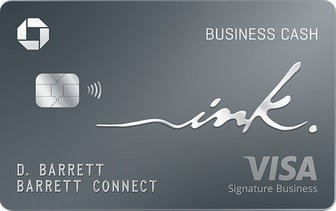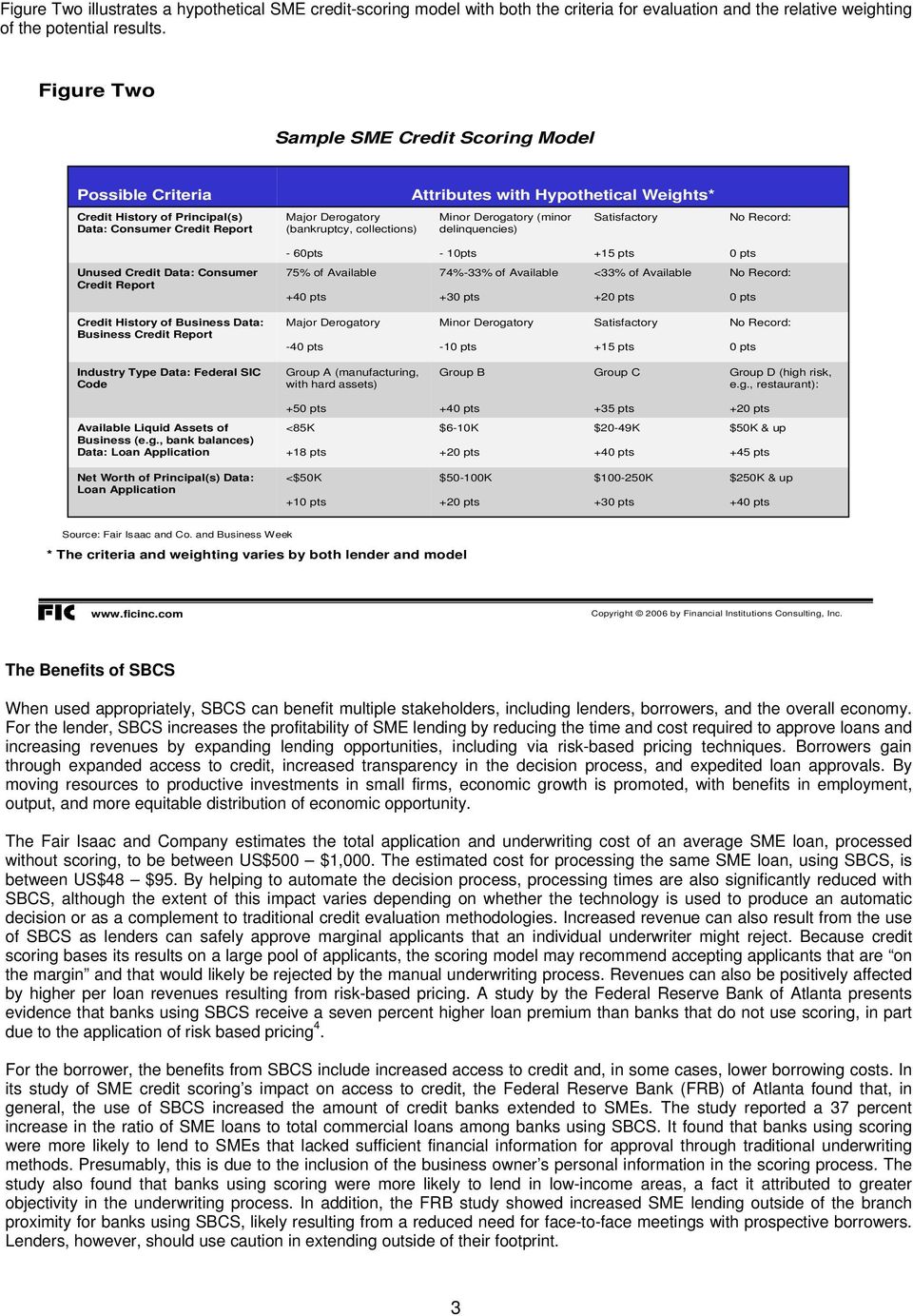
While there are some differences between the previous models, your credit score will likely remain good. Similarly, bad scores will remain bad. Each credit scoring model uses different methods to calculate your score. But they all share the same goal: to predict the risk to a consumer's credit. This means your score will reflect the risk.
New credit scoring model
The new FICO 10 credit scoring model will be available to all three credit reporting agencies by the end of 2020. It is expected to increase credit scores of 40,000,000 consumers while lowering scores of another 110 million. The trended data is used to predict the likelihood for default. A consumer with a history of good payments and a low amount of debt will generally score higher on FICO than one with a high level.
FICO10 uses a multidimensional approach in credit scoring. It includes trend data on revolving balances, minimum payment requirements, and the amount paid toward balances due. These data points allow the FICO 10 model identify consumers who pay their accounts on time. This method reduces the impact from a single event. This means that a single charge to pay for a vacation will not significantly impact your score, while a series of late payments and high-interest debt will have a higher impact.

Model changes
The recent release of the new FICO 10 credit score model offers a number of changes to the credit scoring system. The new model takes into account new data and algorithms to calculate credit scores. An average increase of 20 points in scores for consumers is expected to affect nearly 40,000,000 people. These changes are intended to reduce discrepancies between scores of consumers with differing credit histories.
Trended data is an addition to the scoring system. It shows the credit card or loan balances over the past 24 month. This information rewards responsible card use, while penalizing those who are falling behind on their payments. Also, it penalizes people with multiple debts or a high credit utilization ratio.
Impact on other credit
The new scoring algorithm, FICO 10 T, uses more recent data from more accounts than FICO 10 Basic. This data can help predict a borrower’s credit risks more accurately than the basic FICO10 score. A basic FICO score is based on a snapshot of the consumer's credit report. Particularly useful for the credit usage portion of the score is trend data. Credit scores previously considered only the past 7-10 years of payment history. That means a rising balance will hurt a borrower's score.
New model takes into consideration the usage rate of all credit cards and averages the peaks, valleys. This means that a 20-point decrease in one account can impact the credit score of millions of consumers. For renters who do not own a home, their landlord's credit history can be used to determine if they can borrow money.

UltraFICO(tm), scoring changes
Fair Isaac Corporation has created UltraFICO, which is a credit score system. Consumers with poor credit histories and credit problems are particularly affected by the score. Consumers with poor credit histories or recent financial difficulties will see their scores rise by 20 points under the new scoring system.
This new scoring system takes into account more data than traditional FICO credit scores. It also uses cash flow data from consumer bank accounts. These data may not provide a prediction of a consumer’s creditworthiness but UltraFICO is meant to increase credit accessibility for all.